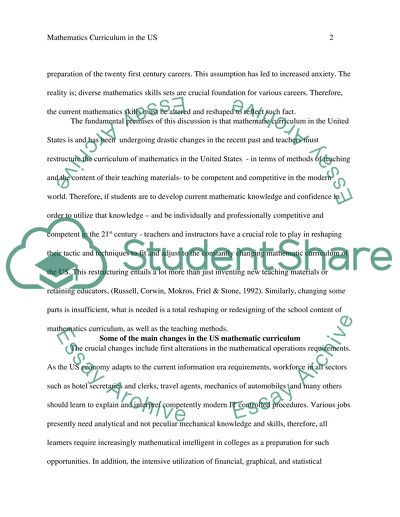Cite this document
(“Mathematics Curriculum in the US Research Paper”, n.d.)
Retrieved from https://studentshare.org/education/1404086-mathematics-curriculum-in-the-us
Retrieved from https://studentshare.org/education/1404086-mathematics-curriculum-in-the-us
(Mathematics Curriculum in the US Research Paper)
https://studentshare.org/education/1404086-mathematics-curriculum-in-the-us.
https://studentshare.org/education/1404086-mathematics-curriculum-in-the-us.
“Mathematics Curriculum in the US Research Paper”, n.d. https://studentshare.org/education/1404086-mathematics-curriculum-in-the-us.


